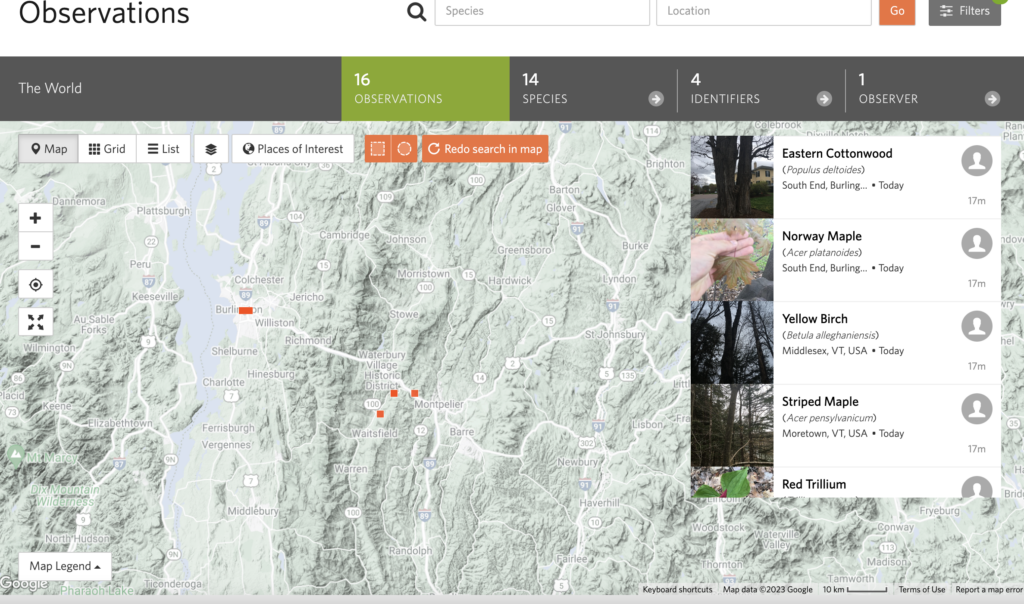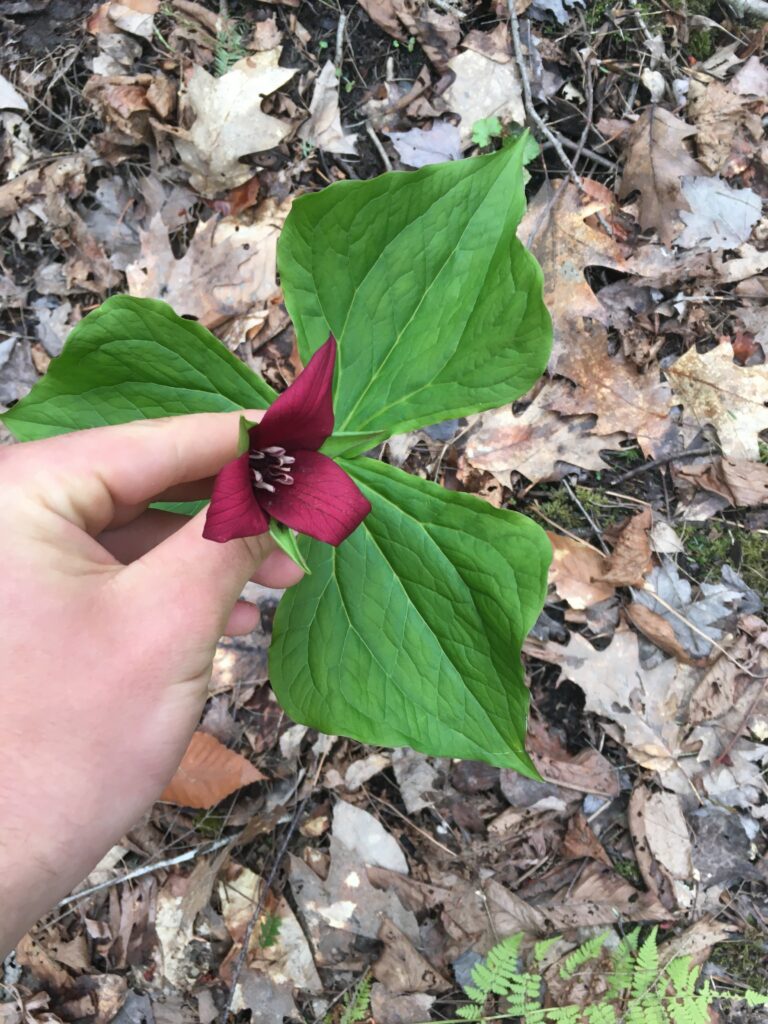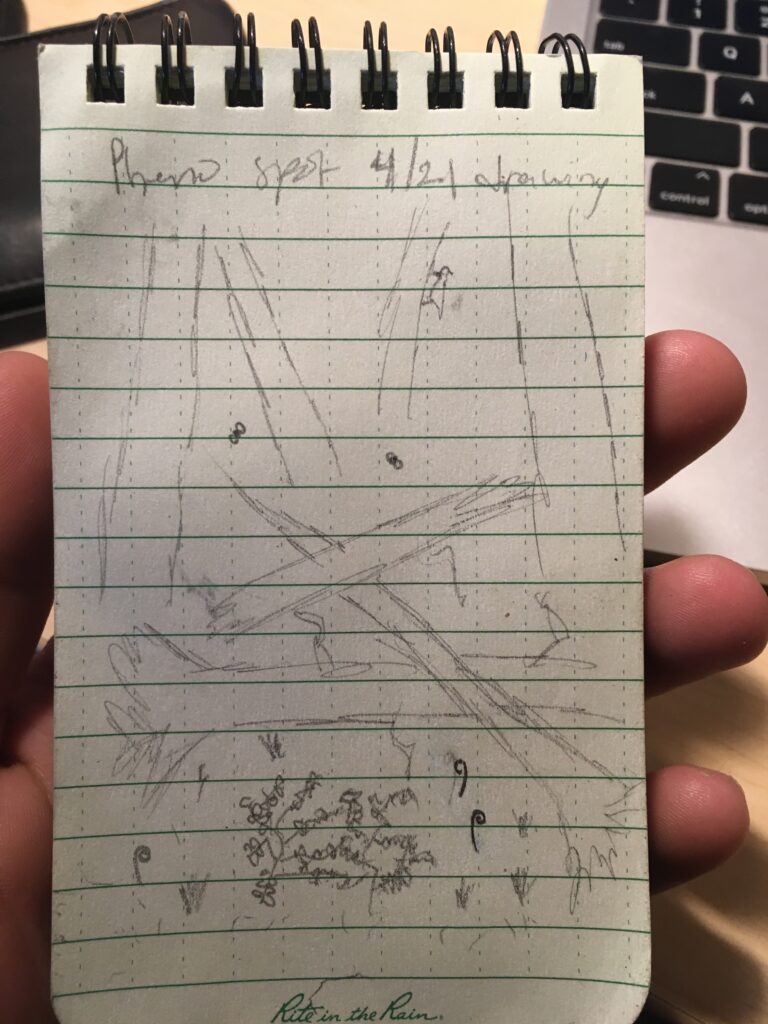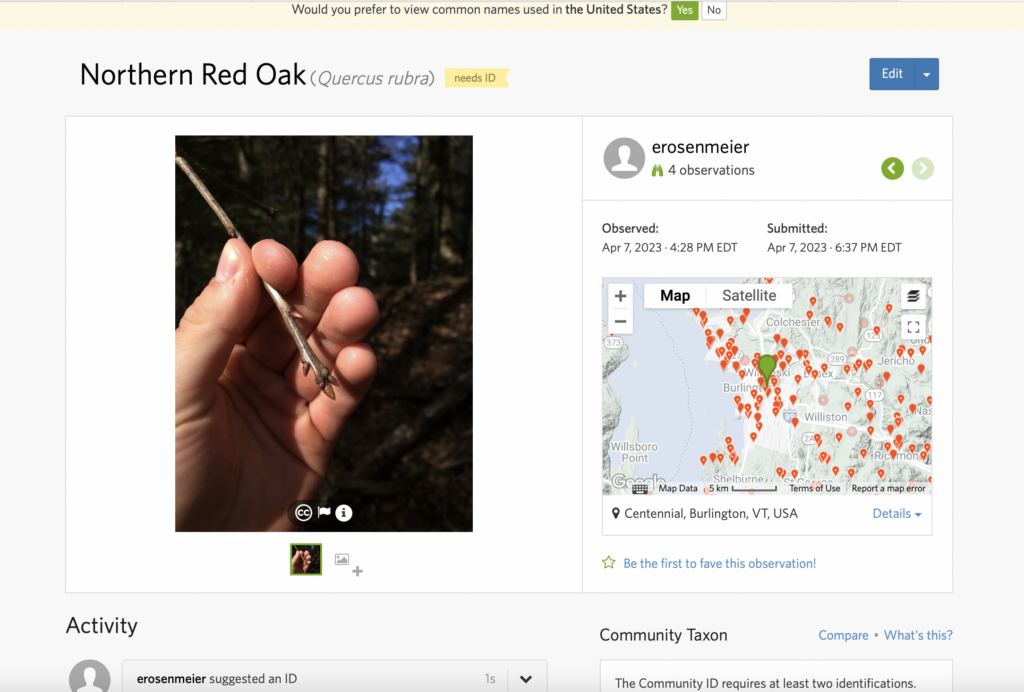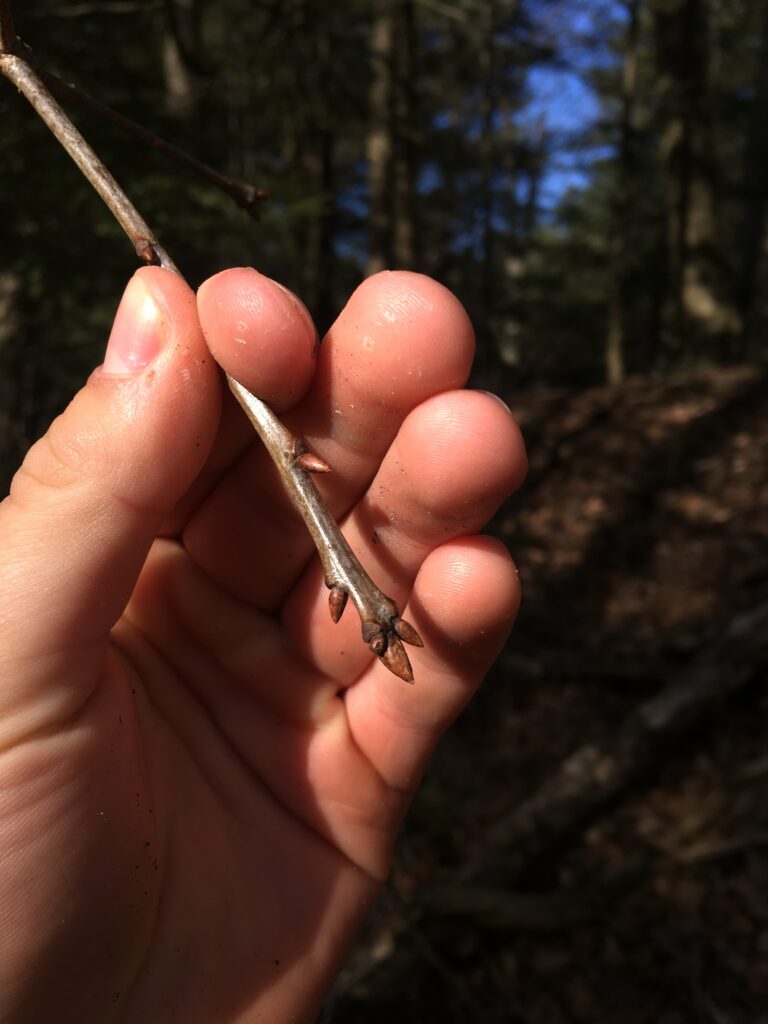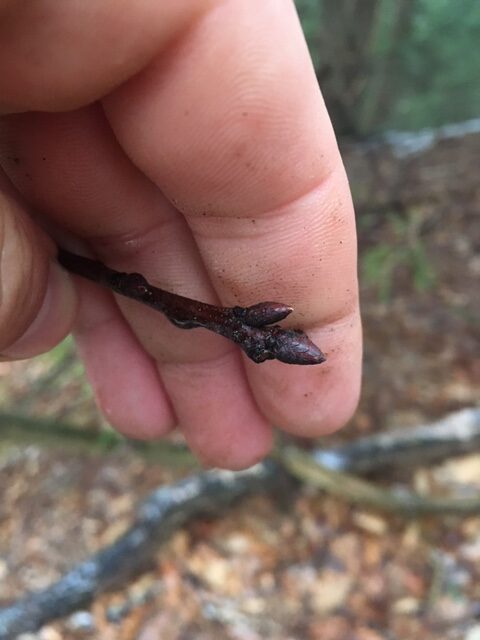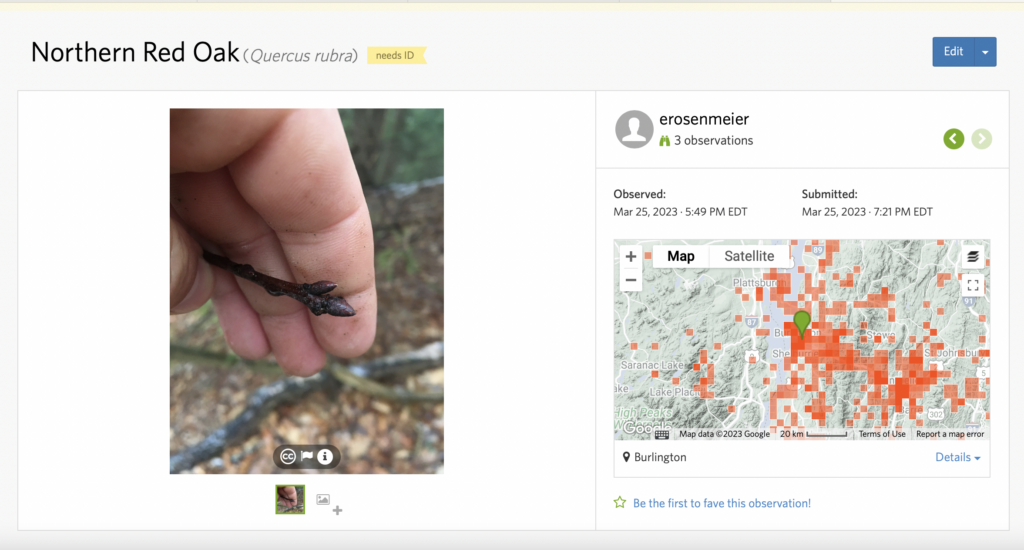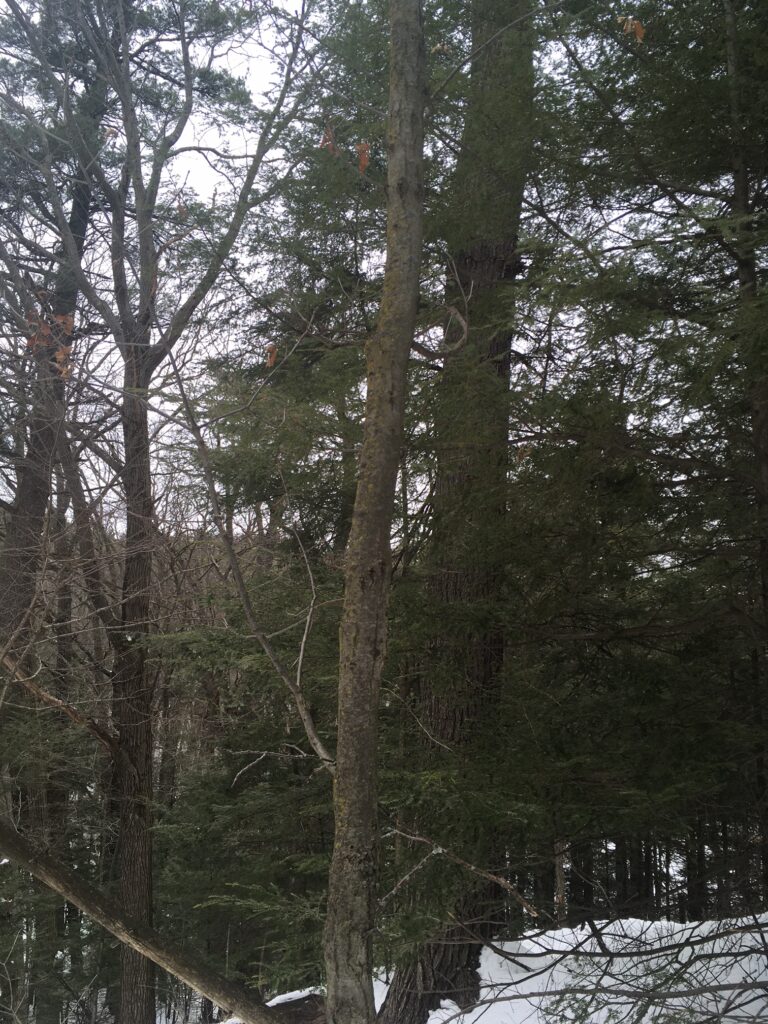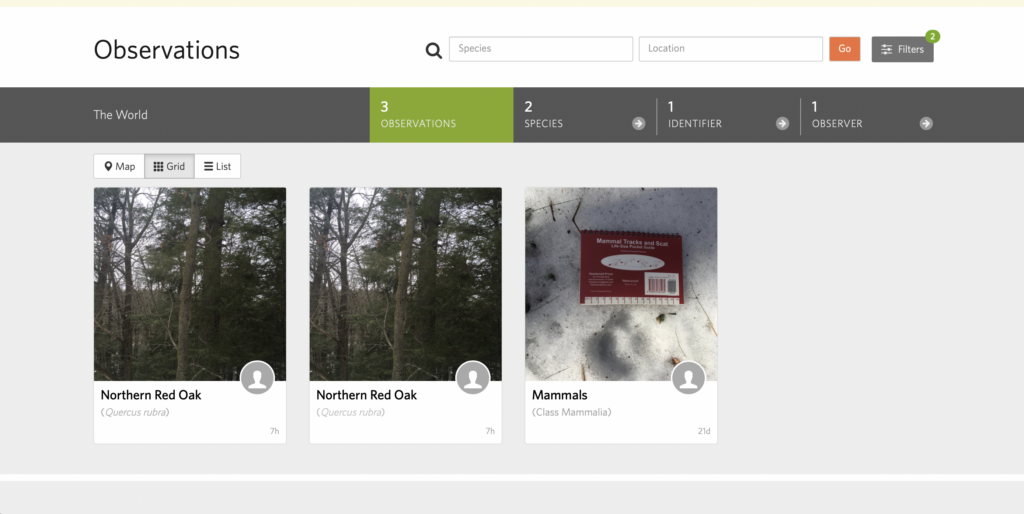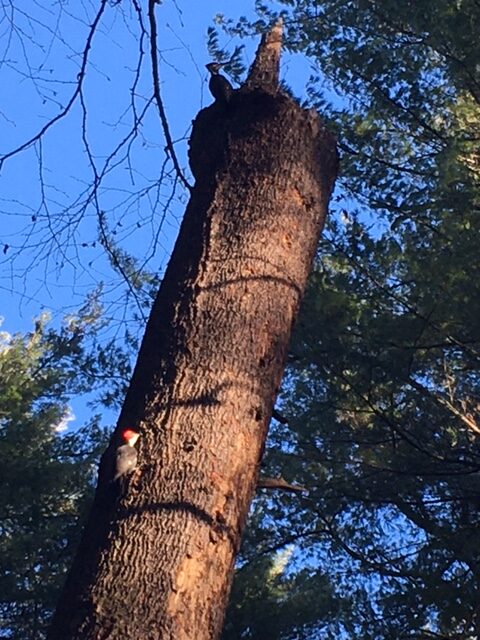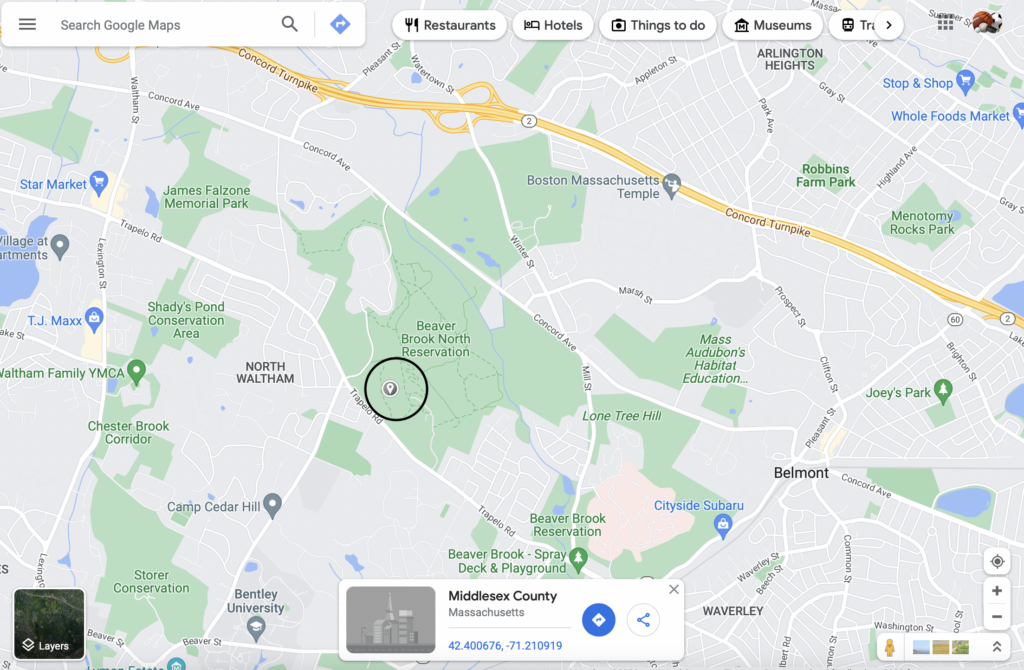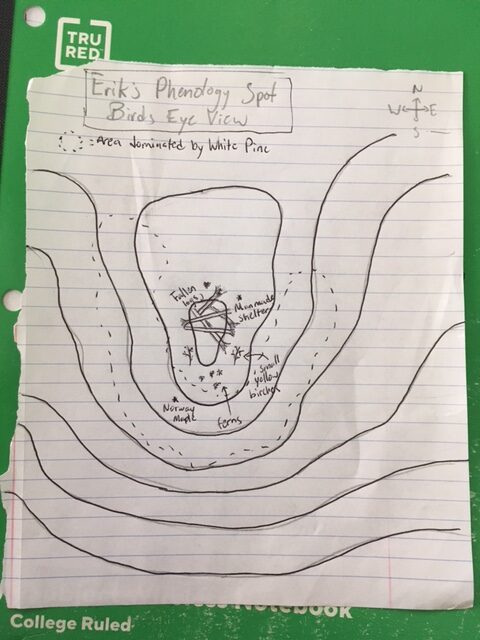I explored a few places around Burlington this weekend for the bioblitz. Many of my observations came from just walking around campus in my daily life, but I also too a trip down 89 to the Mad River for a bit of paddling. At the put in I found plenty of trees and some Red Trillium!
My experience using iNaturalist was pretty good. I wasn’t sure whether my observations were being entered into my lab group for a bit, but I eventually figured it out.
Though this isn’t a city, I was fascinated with posts from Antartica. Oh, to be the scientists posting about the emperor penguin they saw.
Attached below is a map of my post and a photo of the Red Trillium from today.
